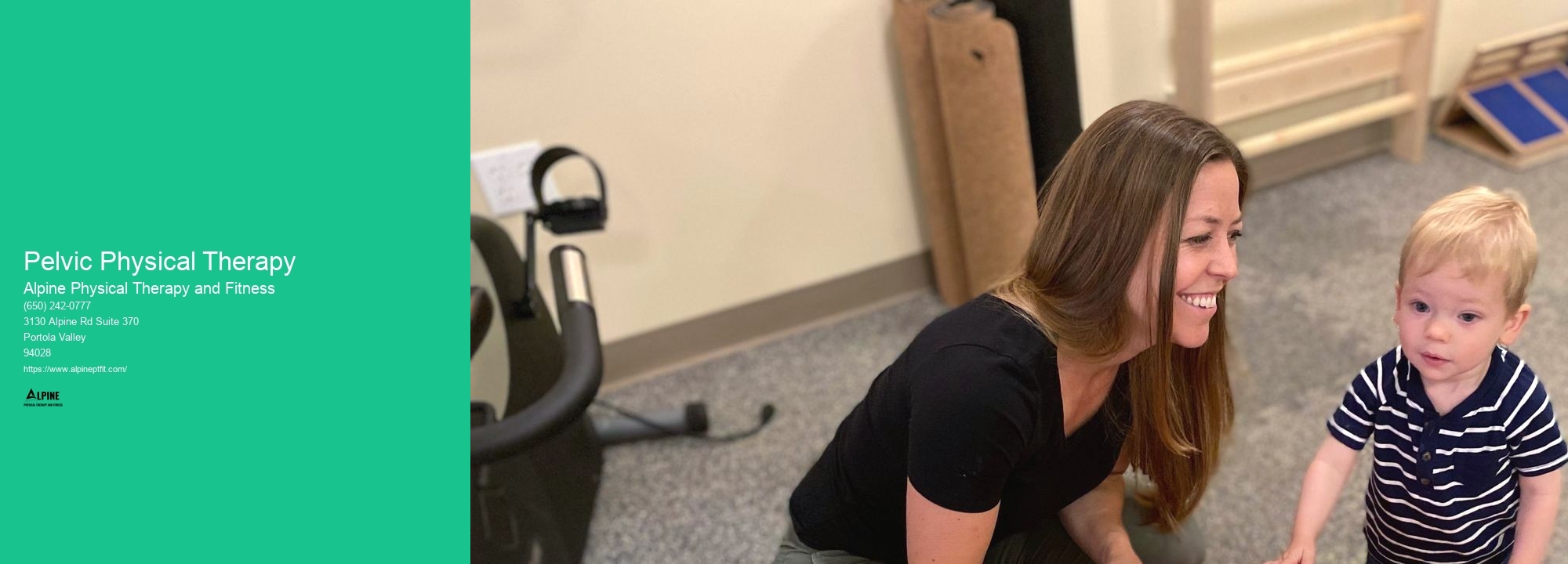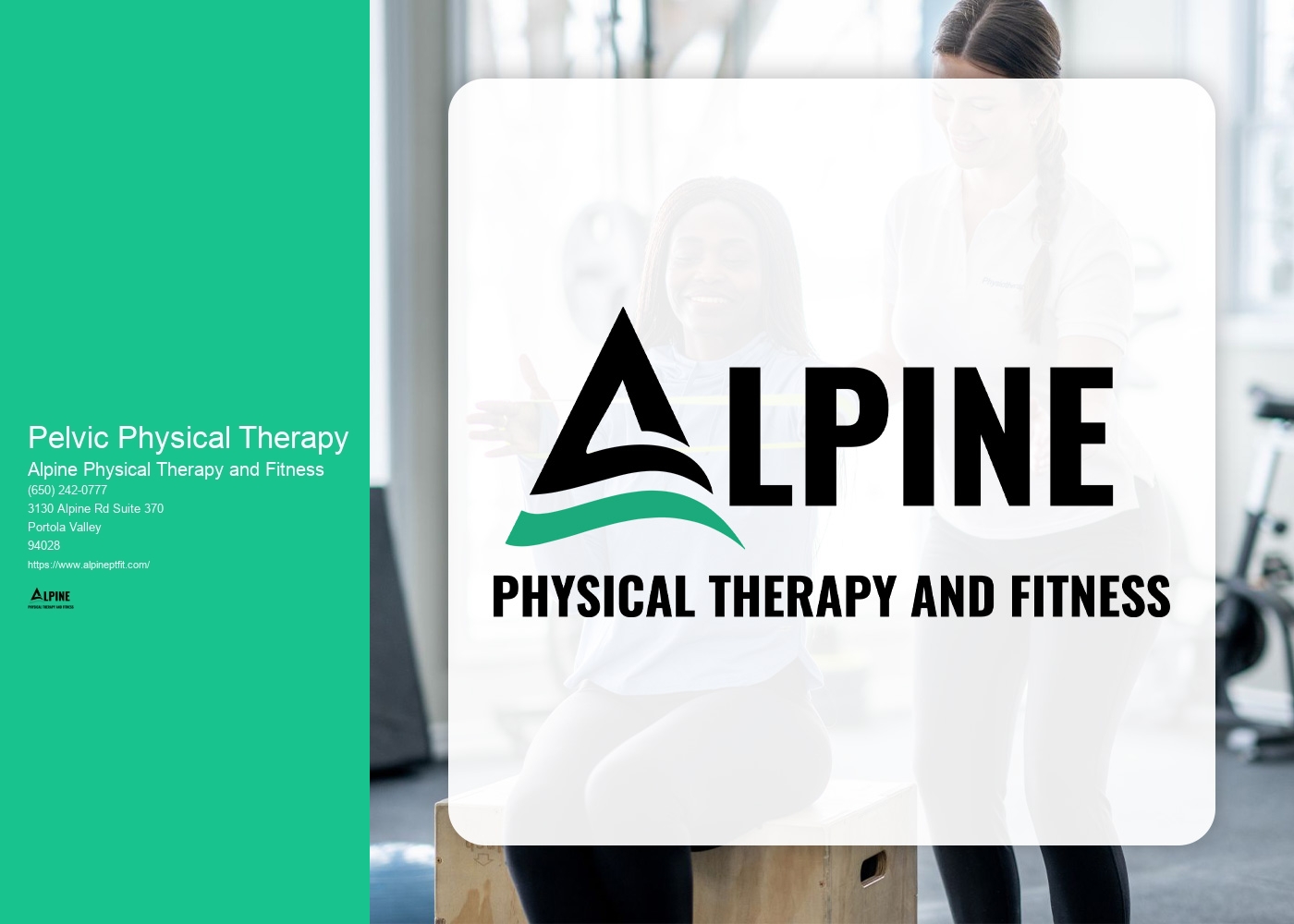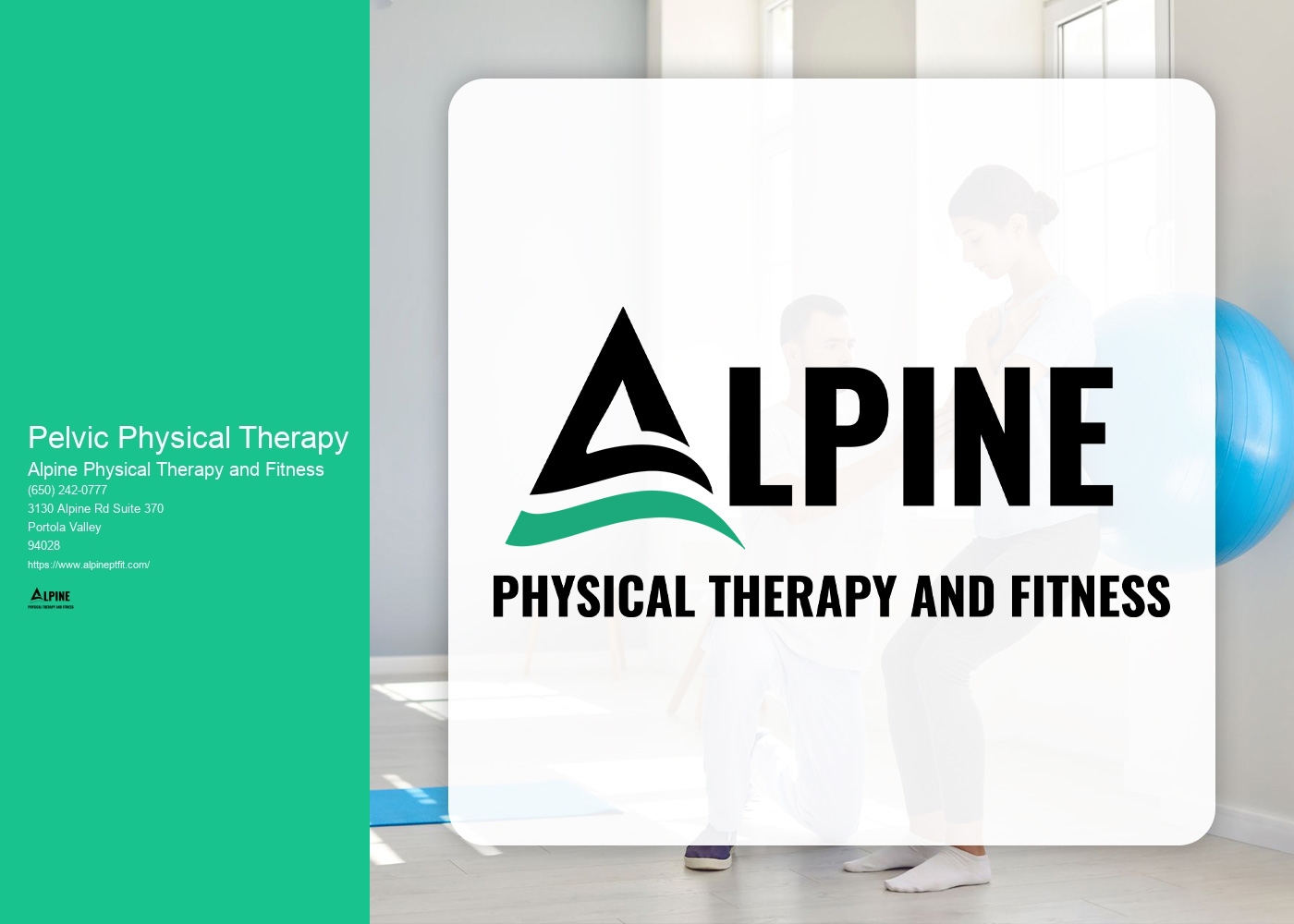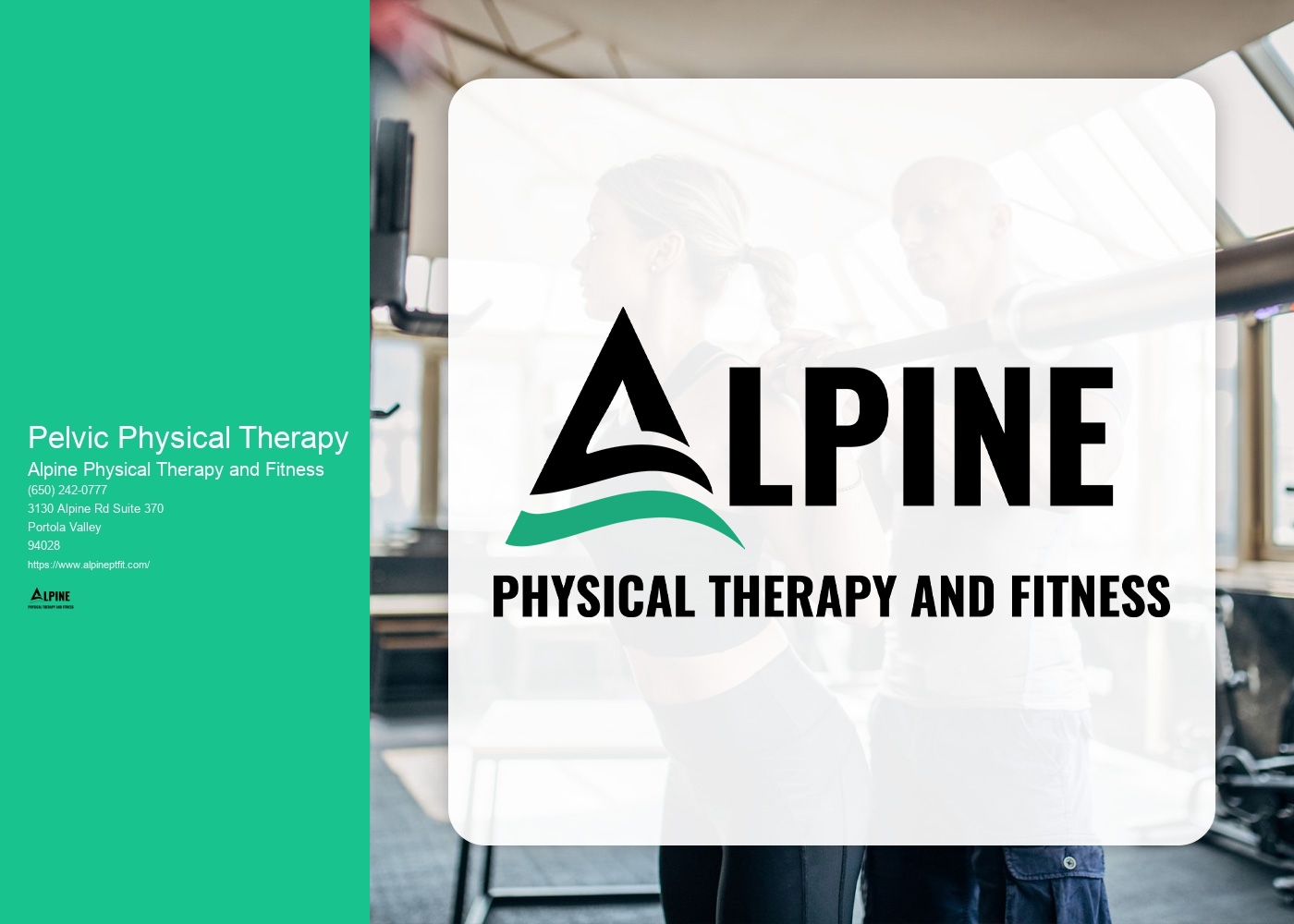

Pelvic physical therapy is a specialized form of physical therapy that focuses on the muscles, ligaments, and connective tissues of the pelvic region. It is designed to address a variety of conditions and disorders that can affect the pelvic floor, including urinary incontinence, pelvic pain, and pelvic organ prolapse. Pelvic physical therapy involves a combination of manual techniques, exercises, and education to help improve pelvic floor function and alleviate symptoms.
Pelvic physical therapy can be highly effective in treating urinary incontinence. The pelvic floor muscles play a crucial role in maintaining urinary continence, and when these muscles are weak or dysfunctional, it can lead to issues such as stress incontinence or urge incontinence. Pelvic physical therapy aims to strengthen and retrain these muscles through targeted exercises and techniques. By improving muscle tone and coordination, pelvic physical therapy can help individuals regain control over their bladder function and reduce or eliminate episodes of urinary incontinence.
There are several common pelvic floor disorders that pelvic physical therapy can address. These include pelvic pain, pelvic organ prolapse, pelvic floor muscle dysfunction, and sexual dysfunction. Pelvic pain can be caused by a variety of factors, such as muscle imbalances, nerve irritation, or scar tissue. Pelvic physical therapy can help identify and address the underlying causes of pelvic pain, providing relief and improving quality of life. Pelvic organ prolapse occurs when the pelvic organs, such as the bladder, uterus, or rectum, descend into the vaginal canal. Pelvic physical therapy can help strengthen the pelvic floor muscles to provide support and prevent further prolapse. Additionally, pelvic physical therapy can address issues such as muscle tightness, weakness, or coordination problems that contribute to sexual dysfunction.

During a pelvic physical therapy session, you can expect a thorough evaluation and assessment of your pelvic floor function. This may involve a discussion of your symptoms and medical history, as well as a physical examination of the pelvic region. The physical therapist may use techniques such as internal or external manual therapy to assess muscle tone, strength, and coordination. Based on the evaluation, a personalized treatment plan will be developed, which may include exercises, stretches, biofeedback, and education on proper bladder and bowel habits. The therapist will guide you through the exercises and techniques, providing feedback and support throughout the session.
The duration of pelvic physical therapy treatment can vary depending on the individual and the specific condition being treated. In general, treatment may last anywhere from a few weeks to several months. The frequency of sessions can also vary, with some individuals requiring weekly sessions initially and then transitioning to less frequent visits as their symptoms improve. The length of treatment will be determined by the therapist based on your progress and goals.

Pelvic physical therapy is generally considered safe and well-tolerated. However, as with any form of physical therapy, there may be some potential side effects or risks. These can include temporary soreness or discomfort in the pelvic region following a session, as well as the possibility of exacerbating symptoms in some cases. It is important to communicate openly with your therapist about any concerns or changes in symptoms during treatment to ensure that adjustments can be made as needed.
Yes, pelvic physical therapy can be beneficial for both men and women. While pelvic floor disorders are more commonly associated with women, men can also experience issues such as urinary incontinence, pelvic pain, and sexual dysfunction related to the pelvic floor. Pelvic physical therapy can help men address these concerns by improving pelvic floor muscle function and providing education on proper bladder and bowel habits. The techniques and exercises used in pelvic physical therapy can be tailored to meet the specific needs of men, making it an effective treatment option for a range of pelvic floor disorders in both genders.

Yes, there are specialized exercises designed specifically for individuals who are recovering from heart surgery. These exercises are tailored to meet the unique needs and limitations of patients who have undergone cardiac procedures. They focus on improving cardiovascular fitness, strengthening the heart muscle, and promoting overall physical well-being. Some examples of specialized exercises for heart surgery recovery include low-impact aerobic activities like walking or cycling, gentle stretching exercises, and resistance training with light weights or resistance bands. It is important for individuals to consult with their healthcare provider or a cardiac rehabilitation specialist to develop a personalized exercise plan that takes into account their specific condition and recovery progress.
Hydrotherapy for wound care involves the use of specific techniques to promote healing and prevent infection. One technique is whirlpool therapy, which utilizes a whirlpool bath to cleanse the wound and remove debris. This technique helps to increase blood flow to the wound, which can aid in the delivery of oxygen and nutrients necessary for healing. Another technique is the use of moist dressings, which can be applied to the wound and then covered with a waterproof dressing. This helps to create a moist environment that promotes wound healing and prevents the formation of scabs. Additionally, hydrotherapy may involve the use of water jets or sprays to gently cleanse the wound and remove bacteria. These techniques, when used in conjunction with proper wound care practices, can help to facilitate the healing process and improve outcomes for patients.
Strain-counterstrain is a technique used in manual therapy that aims to alleviate pain and restore proper function by reducing muscle tension and improving joint mobility. This approach involves the gentle positioning of the body in a position of comfort, which is opposite to the direction of the strain or dysfunction. By holding this position for a short period of time, the therapist allows the muscles and tissues to relax, reducing the strain and promoting healing. Strain-counterstrain is particularly effective in treating musculoskeletal conditions such as muscle spasms, joint restrictions, and postural imbalances. It is often used in conjunction with other manual therapy techniques to provide comprehensive and individualized care to patients.
Core strengthening plays a significant role in women's health physical therapy due to its numerous benefits for overall well-being. The core muscles, including the abdominals, back muscles, and pelvic floor, provide stability and support to the spine and pelvis. By targeting these muscles through specific exercises, women can improve their posture, balance, and overall body mechanics. Additionally, a strong core can help alleviate back pain, improve pelvic floor function, and enhance athletic performance. In women's health physical therapy, core strengthening exercises are often incorporated to address conditions such as diastasis recti, pelvic organ prolapse, and urinary incontinence. By focusing on strengthening the core, women can improve their quality of life and regain control over their bodies.